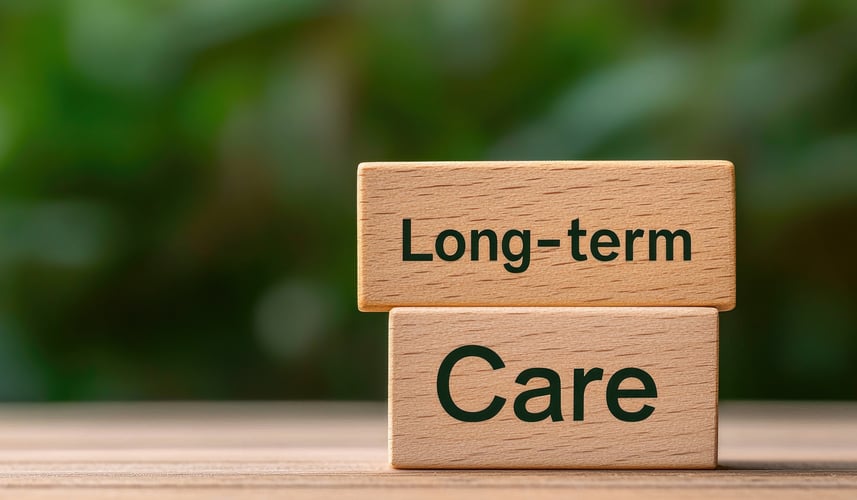

When I tell clients we plan as though they’ll live into their 90s, the reaction is almost always the same: a chuckle, a shake of the head, or “No way, not me.” Some even say, half-joking, that they hope they don’t live that long.
But here’s the thing: people do live that long. Advances in medicine, healthier lifestyles, and better access to care mean that life expectancy keeps inching upward. And while genetics certainly play a role, how you live often matters just as much as the family tree.
So whether you want to imagine yourself at 95 or not, the reality is that we have to plan for it. Because running out of money before you run out of life is one of the greatest risks in retirement.
The Challenge of Spending with Uncertainty
Here’s how I explain it: if you tell me exactly how long you’ll live, I can tell you exactly how much you can spend each year. That plan would be perfectly accurate.
But no one can give me that answer. Which makes spending in retirement tricky. Spend too little, and you risk leaving behind more than you intended instead of enjoying it yourself. Spend too much, and you risk running out before the finish line.
This is why we run multiple scenarios when planning. We model what happens if you live to 85, 90, 95, or beyond. We stress-test for medical costs, major purchases, and downturns. Over time, these projections—and revisiting them regularly—help replace fear with confidence.
Why a Balanced Portfolio Matters
A long retirement—potentially 30 years or more—means you can’t afford to ignore growth. This is where equities play a vital role. Stocks may feel “too risky” for retirees, but history shows that over 20- to 30-year periods, they have been the best way to keep pace with inflation and grow wealth.
Of course, investing isn’t all-or-nothing. A balanced portfolio is like a balanced diet—you need the right mix. When stocks “zig,” bonds and other holdings often “zag.” That balance helps cushion volatility.
We also hold some cash and safe reserves, so that when markets are down, you’re not forced to sell equities at the wrong time. It’s like having an canned goods in the pantry—you don't plan to live on them forever, but they're there when you need them.
The Social Security Piece
Longevity risk isn’t just about investments—it’s also about how and when you claim Social Security. If you’re married, the higher wage earner’s decision is especially critical. Even if you don’t live into your 90s, your spouse might. Claiming early locks in a smaller benefit, not just for you, but potentially for them—sometimes for many more years than you’d expect.
That’s why waiting until age 70, when possible, can make sense. Benefits can be up to 75% higher than claiming early. And if things don’t go as planned financially, wouldn’t you rather have a bigger Social Security check coming in each month?
Longevity is both a challenge and a gift. It forces us to plan for uncertainty—but it also means more years to enjoy family, travel, and experiences you worked hard for. The goal isn’t to live in fear of outliving your money. The goal is to create a plan that balances steady income with long-term growth, so you can live your best retirement with confidence.
You’ve spent a lifetime building your wealth. Retirement is the time to enjoy it—not to let fear of the unknown hold you back. With thoughtful planning, you can look ahead to a long life not with worry, but with peace of mind.




